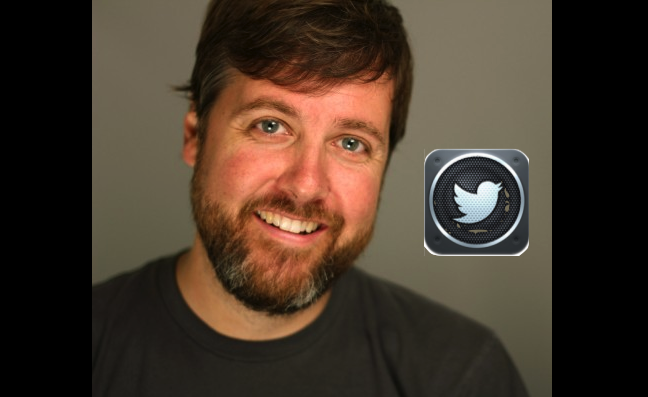
Twitter wants to help the music industry unearth the next Katy Perry, whose career trajectory is matched by the rocketing number of her Twitter followers.
To that end, the Silicon Valley micro-blogging service is pairing up with Lyor Cohen’s latest venture, 300 Entertainment. In the announcement, made at this year’s Midem music conference in France, the two companies talked about developing “tools” to help music industry scouts sniff out new artists and detect trends early.
Twitter Names Bob Moczydlowsky Head of Music
What those tools look like and how they would work weren’t entirely made clear. So we turned to Bob “Moz” Moczydlowsky, the recently appointed Head of Music at Twitter and former Senior Vice President of Product and Marketing at Topspin Media, to explain the nuts and bolts to us. The following is an edited version of the conversation.
Billboard: Why is Twitter doing this?
Bob Moczydlowsky: What we’re going to create, is something that everybody in the music business can benefit from… The 300 deal is the first place where we’re showing what that practically looks like.

Related Articles
What does that look like?
We’re developing a data set specific to music. I know that sounds like a very nerdy thing. But Twitter is like a fire hose of data. There’s a ton of new information and conversations about music that we have never let of out of the building before. Some of that data have to do with timing or geography. This can valuable data for things like targeted marketing and A&R. It has the potential to help the industry figure out how to best invest in artists or how to direct their marketing campaigns.
Why partner with 300 Entertainment if Twitter already has the data?
Well, we don’t do A&R. We needed someone who does that and who can help us organize that data into something useful. 300 Entertainment has Travis Rosenblatt, who is a quintessential data-driven A&R guy. He spends all day looking at trending data and profiles of tastemakers and correlates that to other behaviors related to music. Twitter data can be essential to A&R. We need someone who wants to sign artists who can help us package the data and tell us if it’s valuable enough.
Can you give us an example of the types of questions you’ll look to answer?
The idea would be, is there a guy in Chicago who, when he tweets about artists it makes a meaningful impact on the growth or size or exposure of that artist. Is there a tastemaker or a venue or a fan, a consumer in a specific location who’s Tweets about artists are more meaningful than others? Who genuinely are predicting the future success of these artists. I’m not saying that’s in the product, I’m saying those are the types of questions that will get asked.
What’s the timeline for when we can see the next phase of this project?
In six months we will have the data set that anybody can license directly, that’s the raw data. In about a year, you should be able to go to a provider and say, “Hey I want access to that data and I also want it in an interface that you provide” and you know, we’ll have a third party by then who will have that data integrated.
Lyor said that 300’s partnership with Twitter is “exclusive” for a year. Can you explain what that means?
They’ll see the data six months before the raw data is available to everybody. At that time, anybody can license the raw data directly from us. We are investing the same things for music as we do for TV content. There will be more to come on that.
